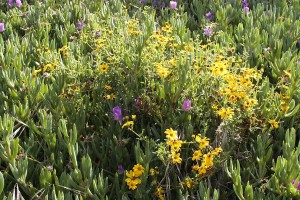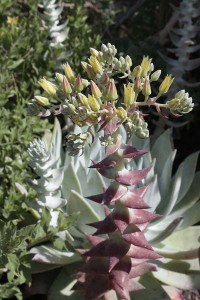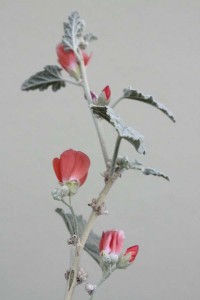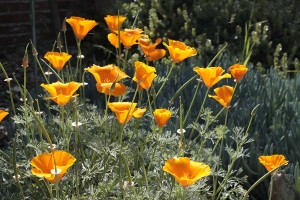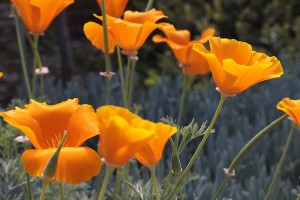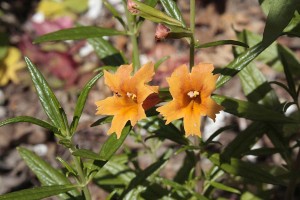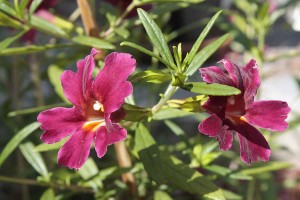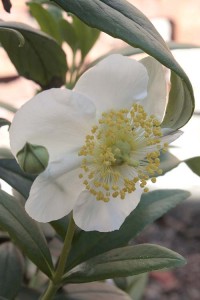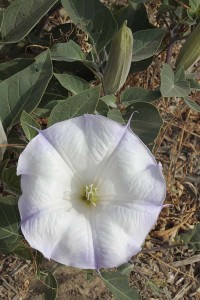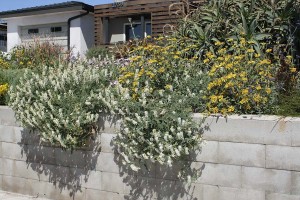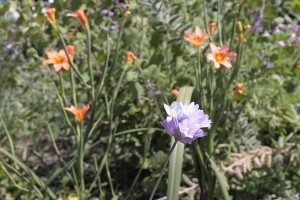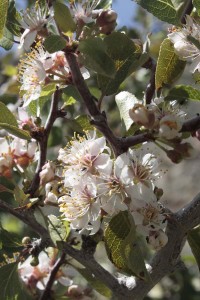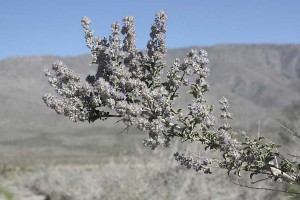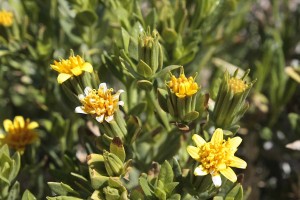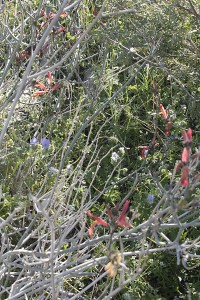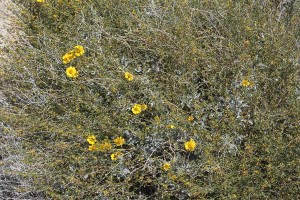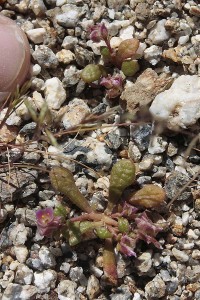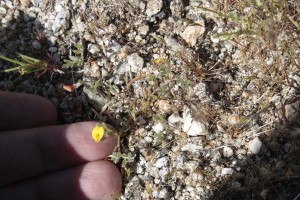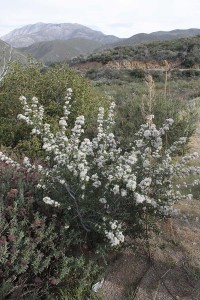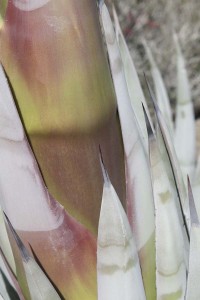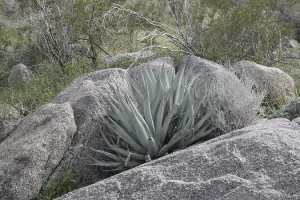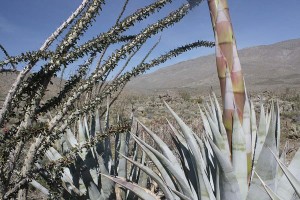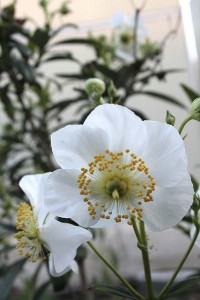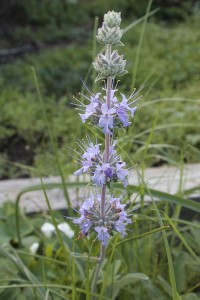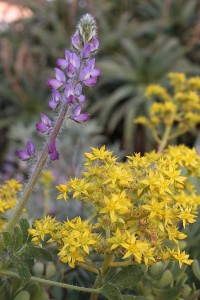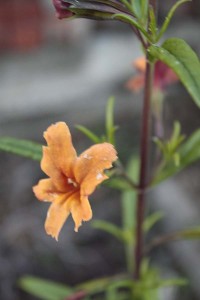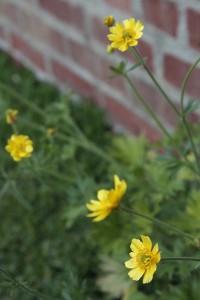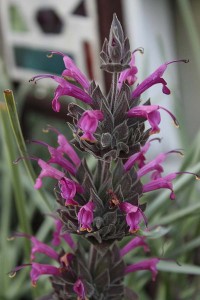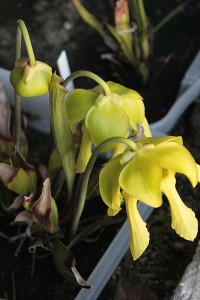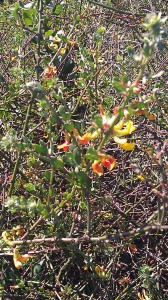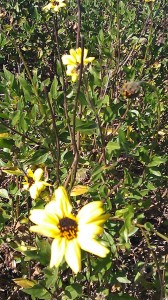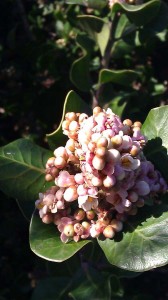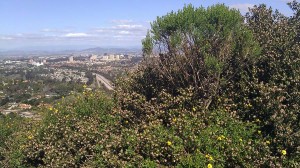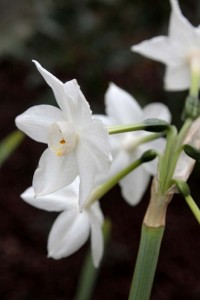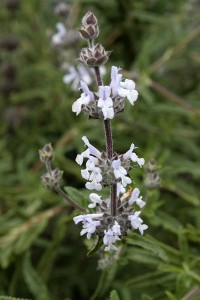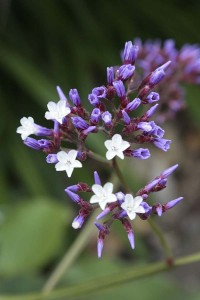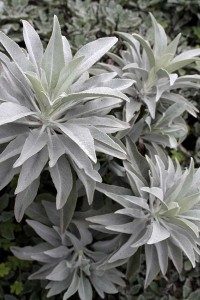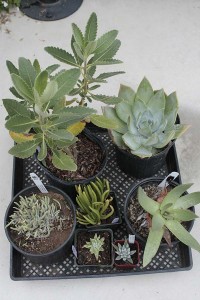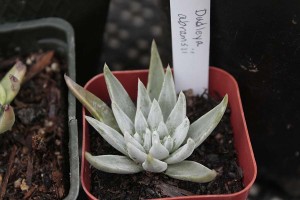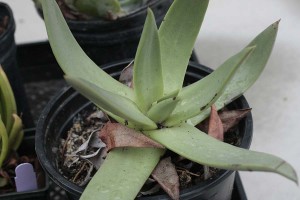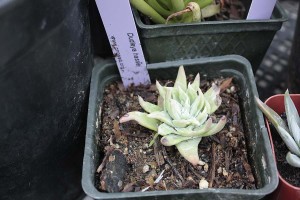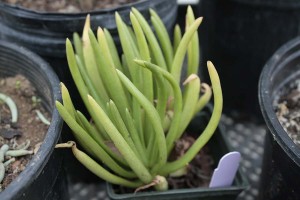It’s here! California Native Plant Week!
(Actually it’s been here since Monday, but life has intruded on my marking the occasion appropriately… I’ll have a few more posts on the topic, stretching out the official week to a few extra days. We really should have a native plant month, if not year! Why’d we settle for just seven days?)
There are lots of ways to celebrate. Visit your favorite nursery that handles native plants. Take a hike and do a little casual botanizing. Or go on a garden tour featuring nice home plantings of California’s great assortment of native plants, many of them found nowhere else.
Today I’m celebrating with a quick tour around the garden to show some of the cool plants California has to offer.
And let me begin with the most worn out California cliché plant, our state flower, the California poppy, Escholzia californica. There are reasons things become clichés, including the fact that something can be so incredibly satisfying that you want to use it to excess. Poppies have reseeded all over the back yard, and I’m okay with that.
How can you pull up something this Perky?
Monkeyflowers are other commonly-used natives. Here’s an orange seedling from a hybrid involving Mimulus aurantiacus.
… and here’s a rich maroon version out of the same batch of monkeyflower seedlings.
Also very popular is this one, Carpenteria californica. The shrub stays green most of the year and it can flower for several months in the late winter and spring, good reasons why people like this plant and use it frequently.
There are lots of good reasons to plant natives. You can pick plants that satisfy human desires for attractive plants. Or you can choose plants that participate in the larger natural picture by providing nectar for the native bees, shelter for the local birds, or food for the neighborhood’s desirable insects. And you can also grow some of the the rare plants and help preserve them during times when plant habitat continues to be paved over.
My coast sunflower plants are covered with flowers right now, and all of the blooms are a little ragged. Old school gardeners might douse the plant to kill off the bugs eating the petals. But I’m reveling in the fact that I’m helping some of the local critters find something to subsist on. This particular flower was playing host to a very corpulent and very yellow spider that blended in with the bloom color.
The giant blooms of this Datura wrightii offer amazing sights and an intense hit of fragrance for the humans, but you’ll often also see the local critters taking advantage of its nectar.
Way less spectacular are these subtle spires of Island alum root or coral bells, Hechera maxima. I like the flowers. I like the leaves.
This little slice of woodland lives in the little gap between my greenhouse and studio, and combines the coral bells with the similarly-leaved blood currant, Ribes sanguineum var. glutinosum (not currently in bloom, or not “currant-ly” in bloom if you go in for bad puns, but of course I’d never do that to you…).
“Woodsy” isn’t the only look you can achieve with California’s plants. My entrance patio features the minty groundcover yerba buena, Satureja douglasii, with the nicely-sized and versatile gray rush, Juncus patens. This space is a little “modern,” a little “Japanese.”
And if you go in for a garden style that’s mostly “cottage,” California offers you hundreds of easy-going options that would look better in your space than their more uptight distant relatives that hang out in typical garden centers.
I leave you with a little gallery of other casual plants that are easy to live with and would fit into lots of gardens. Enjoy!





